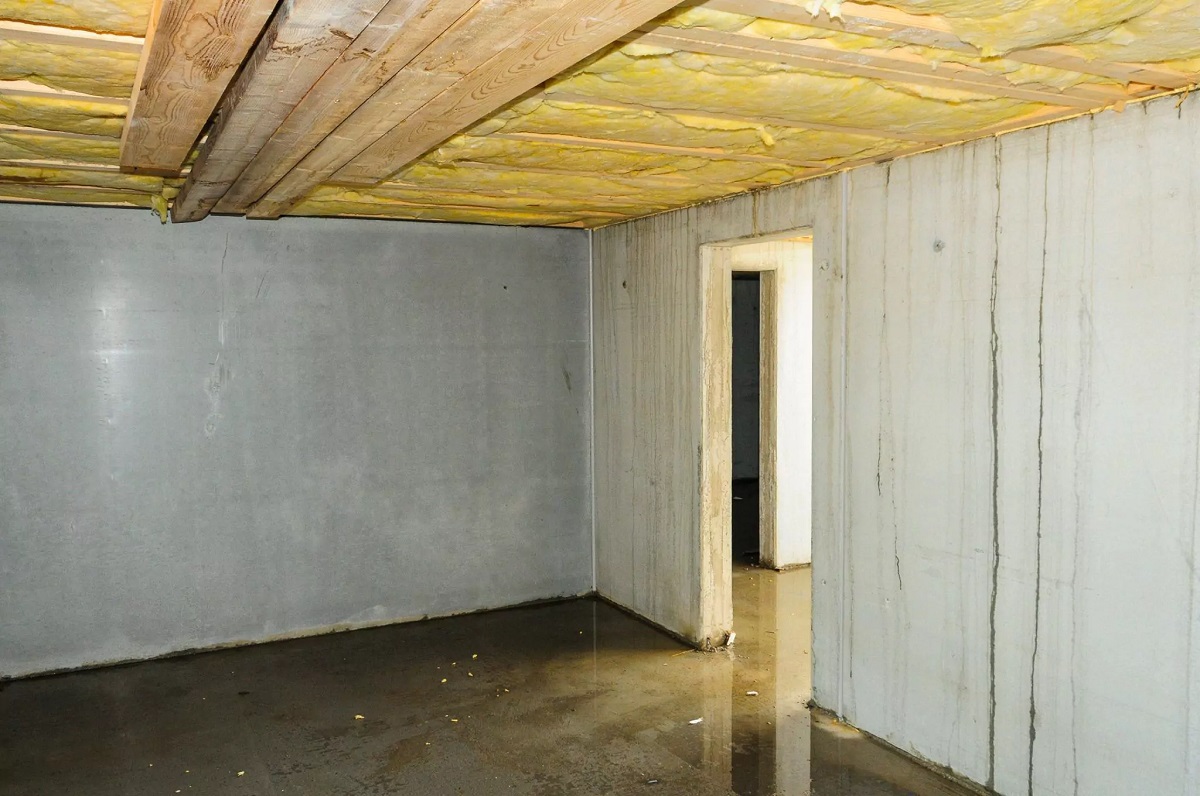

Articles
Basement Gets Wet When It Rains
Modified: January 18, 2024
Discover expert articles on how to prevent basement flooding and solutions for keeping your basement dry during rainstorms.
(Many of the links in this article redirect to a specific reviewed product. Your purchase of these products through affiliate links helps to generate commission for Storables.com, at no extra cost. Learn more)
Introduction
Welcome to our comprehensive guide on dealing with basement flooding caused by rain. If you’ve ever experienced a wet basement after a heavy downpour, you know how frustrating and potentially damaging it can be. Understanding the causes of basement flooding and learning how to effectively prevent and address the issue is crucial for maintaining a dry and functional basement.
Basements are prone to flooding because they are below ground level, and water naturally follows the path of least resistance, which can lead to water seeping into the basement. Aside from the inconvenience of a wet basement, excessive moisture can cause structural damage, promote the growth of mold and mildew, and damage valuable belongings.
In this guide, we’ll explore the common causes of basement flooding, provide tips on checking and maintaining exterior drainage systems, offer advice on inspecting and maintaining gutters, discuss the importance of proper grading around the foundation, and explain how to examine the basement foundation for cracks and leaks. We’ll also discuss different waterproofing solutions and the installation of a sump pump.
By the end of this article, you’ll have a thorough understanding of the issues that can lead to a wet basement, along with actionable steps to prevent and address them. So, let’s dive in and take control of your basement’s moisture levels, ensuring a dry and secure space regardless of the weather outside.
Key Takeaways:
- Prevent basement flooding by maintaining exterior drainage systems, checking gutters, ensuring proper grading, and inspecting the foundation for cracks. Implementing suitable waterproofing solutions adds an extra layer of protection against water intrusion.
- Installing a sump pump is crucial to effectively manage water accumulation and minimize the risk of basement flooding. Regular maintenance of the sump pump and other preventive measures can significantly reduce the chances of water damage in your basement.
Read more: My Basement Floods When It Rains
Understanding the Issue
Before we delve into the solutions, it’s important to understand why your basement gets wet when it rains. By identifying the root cause, you’ll be better equipped to tackle the problem effectively.
One common reason for basement flooding is improper drainage. When it rains, water accumulates around your home’s foundation. If your exterior drainage systems, such as downspouts and gutters, are clogged or damaged, water may overflow and seep into the basement. Similarly, if the ground around your foundation is not properly graded, water can pool against the walls and find its way into the basement.
Another potential culprit is the condition of your basement foundation. Over time, cracks can develop in the walls or floor, allowing water to penetrate. Additionally, if your foundation was not properly sealed during construction or has deteriorated over the years, it may be more susceptible to leaks.
Understanding the underlying causes of basement flooding is the first step towards finding a solution. By addressing these issues, you can effectively prevent water from entering your basement and protect your home and belongings from potential damage.
In the next sections, we will explore different factors that contribute to basement flooding and provide you with actionable steps to mitigate these risks. From checking your exterior drainage systems to examining your basement foundation, we’ll cover everything you need to know to keep your basement dry during rainfall.
Common Causes of Basement Flooding
Basement flooding can be attributed to various factors, and it’s essential to identify these common causes to effectively address the issue. By understanding what is causing the flooding, you can take appropriate measures to prevent it from happening in the future. Let’s take a closer look at these causes:
- Inadequate Exterior Drainage Systems: One of the main culprits behind basement flooding is improper exterior drainage systems. When downspouts, gutters, or French drains are clogged or damaged, water is unable to flow away from the foundation effectively. As a result, water accumulates and can seep into the basement.
- Poor Grading: Insufficient grading or sloping of the ground around your home’s foundation can direct water towards your basement instead of away from it. If the soil around your home is not properly graded, rainwater can pool against the walls, increasing the risk of flooding.
- Foundation Cracks and Leaks: Over time, foundations can develop cracks due to various factors such as soil settlement, temperature changes, or hydrostatic pressure. These cracks create a pathway for water to enter the basement. Additionally, deteriorating foundation waterproofing materials or poorly constructed joints can contribute to leaks.
- Surface Water Runoff: The flow of water from higher ground towards your home can cause excessive pressure on the foundation walls, leading to basement flooding. This can occur when your property is located at the bottom of a slope or if there are insufficient drainage channels to divert the water away from your home.
- Window Well Problems: If your basement has windows with window wells, they can be prone to flooding if proper measures are not taken. Poorly installed or damaged window wells can allow water to collect and seep into the basement area surrounding the windows.
Identifying these common causes of basement flooding is crucial in determining the best course of action to prevent future occurrences. In the following sections, we will discuss how to inspect and maintain your exterior drainage systems, ensure proper grading around your foundation, and address foundation cracks and leaks. By tackling these issues, you can significantly reduce the risk of basement flooding and create a dry and secure space in your home.
Checking Exterior Drainage Systems
Your exterior drainage systems play a critical role in preventing basement flooding. Properly functioning gutters, downspouts, and French drains are vital for diverting rainwater away from your home’s foundation. Here’s how you can check and maintain these systems:
- Gutters: Start by inspecting your gutters for any debris or blockages. Remove leaves, twigs, and other obstructions that may impede the flow of water. Make sure the gutters are securely attached to your roofline and check for any signs of damage, such as leaks or rust. Consider installing gutter guards to prevent debris from accumulating.
- Downspouts: Check that your downspouts are securely connected to the gutters and that they are directing water at least 6 feet away from your home’s foundation. If necessary, add extensions to ensure proper water drainage. Clear any obstructions in the downspouts, such as leaves or debris, to allow for unimpeded water flow.
- French Drains: If you have a French drain system installed, inspect the drain pipes for any clogs or blockages. Ensure that the drain pipes are free from debris and that the water is flowing smoothly away from your home. If there are any issues with the French drain, consult a professional for repair or maintenance.
- Slope of the Ground: Take a walk around your property and examine the slope of the ground. Ideally, the soil should slope away from your foundation to promote proper drainage. If you notice low spots or areas where the ground is sloping towards your home, consider regrading those areas to redirect water away from your basement.
- Regrading the Landscape: If necessary, regrade the landscape around your home to create a gentle slope away from the foundation. This can be done by adding or removing soil as needed. Be sure to slope the ground away from your home for a distance of at least 10 feet. This will help prevent water from pooling near your foundation and reduce the risk of basement flooding.
Regularly inspecting and maintaining your exterior drainage systems is essential for keeping your basement dry. By ensuring that gutters, downspouts, and French drains are functioning properly, you can effectively divert rainwater away from your home’s foundation and minimize the chances of basement flooding.
In the next sections, we’ll discuss how to inspect and maintain gutters in more detail, as well as the importance of proper grading around the foundation. These steps are crucial for preventing water from entering your basement during heavy rainfall.
Inspecting and Maintaining Gutters
Gutters play a crucial role in preventing basement flooding by directing rainwater away from your home’s foundation. Proper maintenance and regular inspections are essential to ensure their optimal performance. Follow these steps to inspect and maintain your gutters:
- Clear Debris: Begin by removing any debris, such as leaves, twigs, and dirt, from your gutters. A clogged gutter can lead to water overflow and potential basement flooding. Use a scoop or trowel to carefully remove the debris and dispose of it properly.
- Check for Damage: Inspect your gutters for any signs of damage. Look for cracks, holes, rust, or sagging sections. Damaged gutters can lead to water leakage and improper water flow. Replace any damaged or deteriorated parts to ensure the effectiveness of your gutters.
- Unclog Downspouts: Check the downspouts for clogs or obstructions. Clear any debris that may be causing a blockage to ensure proper water flow. You can use a plumbing snake or garden hose to dislodge and flush out any clogs in the downspouts.
- Inspect the Connections: Check the connections between the gutters and downspouts. Ensure that they are secure and tightly fastened. Loose connections can result in water leakage and improper drainage. Use screws or brackets to secure any loose sections.
- Consider Gutter Guards: Installing gutter guards can help prevent debris from entering your gutters and clogging them. Gutter guards act as filters, allowing water to flow through while keeping leaves and other debris out. There are various types of gutter guards available, including mesh screens and solid covers. Choose one that suits your needs and install it to minimize the need for frequent gutter cleanings.
Maintaining clean and functioning gutters is essential for effective water diversion and preventing basement flooding. Regularly inspecting and cleaning your gutters will help ensure that rainwater is properly directed away from your home’s foundation.
In the next section, we’ll discuss the importance of proper grading around the foundation and how it can help prevent basement flooding. By paying attention to this aspect, you’ll enhance your basement’s protection against water intrusion.
Read more: What Happens When Insulation Gets Wet
Ensuring Proper Grading Around the Foundation
The grading around your foundation plays a vital role in preventing basement flooding. Proper grading ensures that water is directed away from your home rather than pooling around the foundation. Follow these steps to ensure proper grading:
- Assess the Current Grading: Take a close look at the ground around your foundation. Is it sloping away from the house, or does it slope towards it? Ideally, the soil should slope away from the foundation at a gentle decline.
- Add or Remove Soil: If you notice areas where the soil is sloping towards your foundation or low spots where water can collect, you may need to add or remove soil to achieve the proper slope. Consider hiring a professional landscaper or excavation company if extensive grading work is required.
- Create a 10-Foot Slope: Ensure that the ground slopes away from your foundation for at least 10 feet. This allows water to effectively drain away from your home. The slope doesn’t need to be drastic; a minimal gradient is sufficient.
- Consider Downspout Extensions: To further enhance the effectiveness of proper grading, consider installing downspout extensions. These extensions will allow rainwater to be discharged further away from the foundation, reducing the risk of water pooling near the basement walls.
- Maintain Landscaping: Keep your surrounding landscape well-maintained to help prevent water from accumulating near the foundation. Trim and remove any shrubs, plants, or trees that are too close to your house. These can trap moisture against the walls and lead to basement flooding.
Proper grading is essential for diverting water away from your foundation to prevent basement flooding. By ensuring that the soil slopes away from the house and maintaining a well-maintained landscape, you can significantly lessen the risk of water seeping into your basement.
In the next section, we’ll explore how to examine your basement foundation for cracks and leaks. Detecting any damages promptly is crucial to preventing water intrusion and potential flooding.
Make sure your gutters and downspouts are clear and directing water away from the foundation. Consider installing a sump pump or waterproofing the basement walls. Check for any cracks in the foundation and seal them to prevent water from seeping in.
Examining the Basement Foundation
The foundation of your basement is a critical component in keeping water out. Regularly inspecting your basement foundation for cracks and leaks can help you identify potential vulnerabilities and address them before they lead to basement flooding. Follow these steps to examine your basement foundation:
- Check for Visible Cracks: Start by visually inspecting the walls and floor of your basement for any visible cracks. Pay close attention to the areas where walls meet the floor and where the walls meet the ceiling. Cracks can indicate structural issues that can allow water to seep into your basement.
- Monitor Dampness: Look for any signs of dampness or moisture on the walls or floor of your basement. Moisture can indicate a potential leak or an issue with the waterproofing of your foundation. Keep an eye out for water stains, mold growth, or a musty odor, as these can also indicate water intrusion.
- Inspect Windows and Doors: Check the areas around basement windows and doors for any gaps or signs of water infiltration. Ensure that the seals are intact and that there are no visible cracks where water can penetrate. Consider installing window well covers to further protect against potential water entry.
- Look for Efflorescence: Efflorescence is a white, powdery substance that can appear on basement walls. It is often a sign of water penetration. If you notice efflorescence on the walls, it’s crucial to identify and address the source of water infiltration.
- Leak Test: Perform a leak test by spraying water around the exterior of your foundation and observing for any signs of water entering the basement. Use a garden hose and direct the water towards different areas of your foundation one at a time. This test can help you pinpoint potential weak points and areas in need of repair.
Regularly examining your basement foundation for cracks, leaks, and other vulnerabilities is crucial for preventing water intrusion. By addressing these issues promptly, you can avoid basement flooding and the potential damage it can cause.
In the next section, we’ll discuss waterproofing solutions that can help protect your basement from water infiltration. These solutions can provide an added layer of defense against basement flooding.
Identifying Cracks and Leaks
Identifying cracks and leaks in your basement is crucial to preventing water intrusion and potential basement flooding. Water can seep through these openings, leading to dampness, mold growth, and structural damage. Here are the steps to identify cracks and leaks:
- Visually Inspect: Start by visually inspecting the walls, floors, and ceilings of your basement for any visible cracks. Look for both vertical and horizontal cracks, as well as any widening or displacement of the foundation. Note the location and size of each crack.
- Check for Active Leaks: Look for signs of active leaks, such as water dripping or seeping through cracks during or after rainfall. Use a flashlight and closely examine the areas around the cracks for any signs of moisture or dampness.
- Perform a Dry Test: Conduct a dry test by thoroughly drying the basement and monitoring for the appearance of any new moisture or damp spots. This test can help you determine if there are hidden cracks or leaks that may not be immediately apparent.
- Use a Moisture Meter: Utilize a moisture meter to identify moisture levels in the walls or floor. Higher moisture readings can indicate potential leaks or areas prone to water infiltration.
- Consider a Smoke Test: If you suspect hidden cracks or gaps but can’t identify them visually, you may consider conducting a smoke test. This involves blocking off the basement and introducing smoke into the space to see if it escapes through any cracks or openings, indicating potential leakage points.
Identifying cracks and leaks is essential for preventing basement flooding and addressing any underlying structural issues. Once you have identified the cracks and leaks, you can determine the appropriate waterproofing solution and take necessary steps to remedy the problem.
In the next section, we’ll explore various waterproofing solutions that can help protect your basement from water infiltration and minimize the risk of basement flooding.
Waterproofing Solutions
Waterproofing your basement is essential in preventing water intrusion and minimizing the risk of basement flooding. By applying effective waterproofing solutions, you can create a moisture-resistant barrier that protects the foundation of your home. Here are some common waterproofing solutions to consider:
- Interior Sealants: Interior sealants, such as waterproofing paint or epoxy coatings, can be applied to the interior walls and floors of your basement. These sealants create a protective barrier, preventing water from seeping through the concrete. However, interior sealants are typically only effective for minor moisture issues and are not suitable for highly porous or severely damaged walls.
- Exterior Waterproofing: Exterior waterproofing involves excavating around the foundation and applying a waterproof membrane to the outer walls. This method creates a barrier that prevents water from reaching the foundation. It is usually recommended for severe cases of moisture penetration or for older homes with compromised foundation walls.
- Foundation Drainage Systems: Installing a foundation drainage system, such as a French drain or a footing drain, can help mitigate water buildup around the foundation. These systems collect and redirect water away from your basement, reducing the risk of flooding. Consult a professional to determine the most suitable foundation drainage system for your specific situation.
- Crack Injection: For actively leaking cracks, crack injection is an effective solution. This process involves injecting epoxy or polyurethane into the cracks to seal them and prevent further water intrusion. It is essential to address cracks promptly before they worsen and lead to significant basement flooding.
- Sump Pumps: Installing a sump pump is an effective way to manage water that accumulates in your basement. A sump pump collects water from the sump basin and pumps it out of your basement, preventing flooding. Ensure regular maintenance and test the sump pump periodically to ensure its proper functioning.
- Proper Ventilation: Ensuring proper ventilation in your basement can help control moisture levels and prevent condensation. Good airflow will discourage the growth of mold and mildew, which thrive in damp environments. Install vents or use dehumidifiers to maintain optimal humidity levels in your basement.
It’s important to assess the specific needs and conditions of your basement when selecting the appropriate waterproofing solution. Consulting with professionals in the field can provide valuable guidance and ensure that the chosen waterproofing method suits your basement’s unique requirements.
In the next section, we will discuss the installation of a sump pump, which is a crucial component of a waterproofing strategy and can help protect your basement against flooding.
Read more: How To Fix Wet Basement
Installing a Sump Pump
A sump pump is a vital component of a basement waterproofing system, designed to prevent water accumulation and flooding. Installation of a sump pump involves the following steps:
- Choose the Sump Pump: Select a sump pump that suits your basement’s needs. Consider factors such as the pump’s horsepower, capacity, and type (submersible or pedestal). Consult with a professional to determine the most suitable option for your specific requirements.
- Determine the Sump Pit Location: Locate the best position for the sump pit in your basement. It should be placed in the lowest part of the floor, where water is likely to accumulate. Choose an area away from walls, footings, and other obstructions.
- Excavate and Install the Sump Pit: Dig a hole in the determined location for the sump pit. The size should be large enough to accommodate the sump pump and allow for proper water collection. Ensure that the pit is deep enough to house the entire pump unit.
- Prepare the Pit and Install the Pump: Line the bottom of the sump pit with gravel for proper drainage. Place the sump pump in the pit, ensuring that it is level and secure. Connect the pump to a check valve to prevent backflow and attach the discharge pipe.
- Connect the Pump to Power: Hire an electrician to connect the sump pump to a dedicated electrical circuit. A backup power source, such as a battery backup or generator, is recommended to ensure the pump functions during power outages.
- Test the Sump Pump: Fill the sump pit with water to test the pump’s functionality. Ensure the float switch activates the pump correctly, and the water is effectively discharged away from your foundation. Regularly test the sump pump to ensure it operates properly when needed.
- Maintain the Sump Pump: Regularly inspect and clean the sump pit to prevent debris build-up that may hinder pump operation. Test the pump’s float switch and check valve periodically to ensure they are functioning correctly. Consider scheduling professional maintenance to keep the sump pump in optimal condition.
Installing a sump pump is a proactive measure to protect your basement from water accumulation and reduce the risk of flooding. Remember, proper installation, regular maintenance, and occasional testing are crucial to ensure the sump pump operates effectively when water intrusion occurs.
To conclude, by implementing these waterproofing solutions, including proper exterior drainage systems, maintaining gutters, ensuring proper grading, examining the basement foundation for cracks and leaks, and installing a sump pump, you can significantly reduce the likelihood of basement flooding. By taking these precautions, you can create a dry and secure basement space, protecting your property and providing peace of mind during heavy rainfall.
Conclusion
Dealing with a wet basement after heavy rainfall can be a frustrating and potentially damaging experience. However, with the right knowledge and proactive measures, you can prevent basement flooding and create a dry and functional space in your home.
By understanding the common causes of basement flooding, such as inadequate exterior drainage systems, poor grading, and foundation cracks, you can identify potential vulnerabilities and address them effectively. Regularly checking and maintaining your gutters, ensuring proper grading around your foundation, and inspecting the basement foundation for cracks and leaks are key steps in keeping water out of your basement.
Implementing suitable waterproofing solutions, such as interior sealants, exterior waterproofing, foundation drainage systems, crack injection, and sump pump installation, adds an extra layer of protection against water intrusion. These solutions are designed to redirect water away from your foundation and prevent basement flooding.
Remember to maintain regular upkeep of your exterior drainage systems, keep gutters clean and well-functioning, maintain proper grading around your foundation, and promptly address any cracks or leaks in your basement foundation. Installing a sump pump and ensuring its proper functioning is crucial to effectively manage water accumulation and minimize the risk of basement flooding.
By following these guidelines and taking the necessary precautions, you can significantly reduce the chances of basement flooding and protect your belongings, structural integrity, and overall well-being. A dry and secure basement will provide you with peace of mind and the freedom to fully utilize your space without concerns about water damage.
Remember to consult with professionals when needed, as they can offer expert advice and guidance tailored to your specific situation. With the right measures in place, you can enjoy a dry and functional basement, regardless of the weather conditions outside.
Frequently Asked Questions about Basement Gets Wet When It Rains
Was this page helpful?
At Storables.com, we guarantee accurate and reliable information. Our content, validated by Expert Board Contributors, is crafted following stringent Editorial Policies. We're committed to providing you with well-researched, expert-backed insights for all your informational needs.
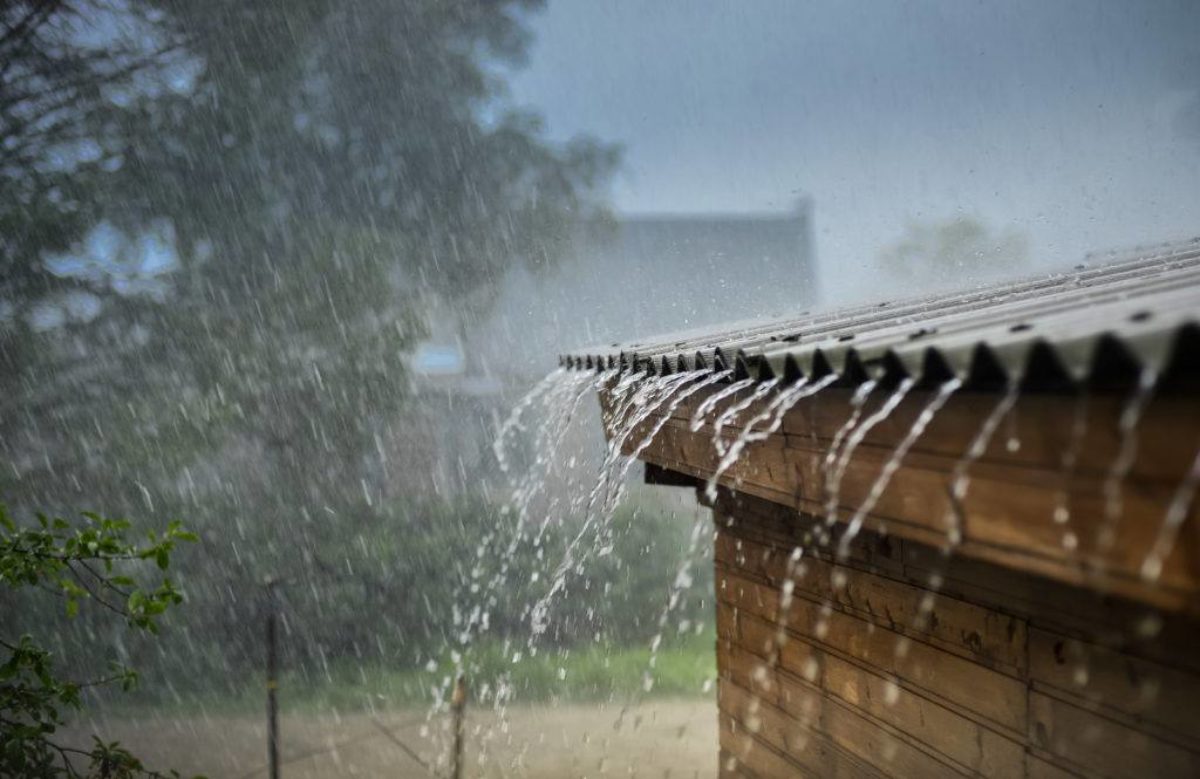


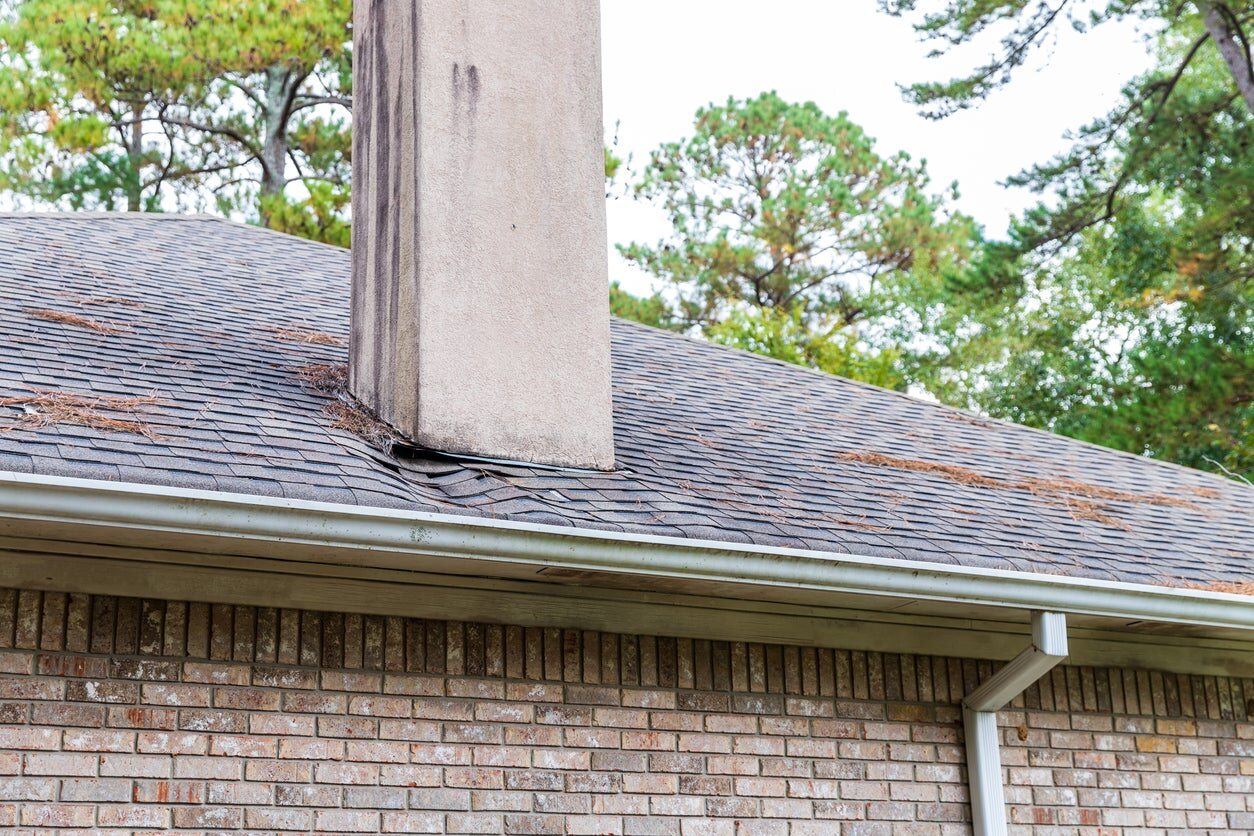
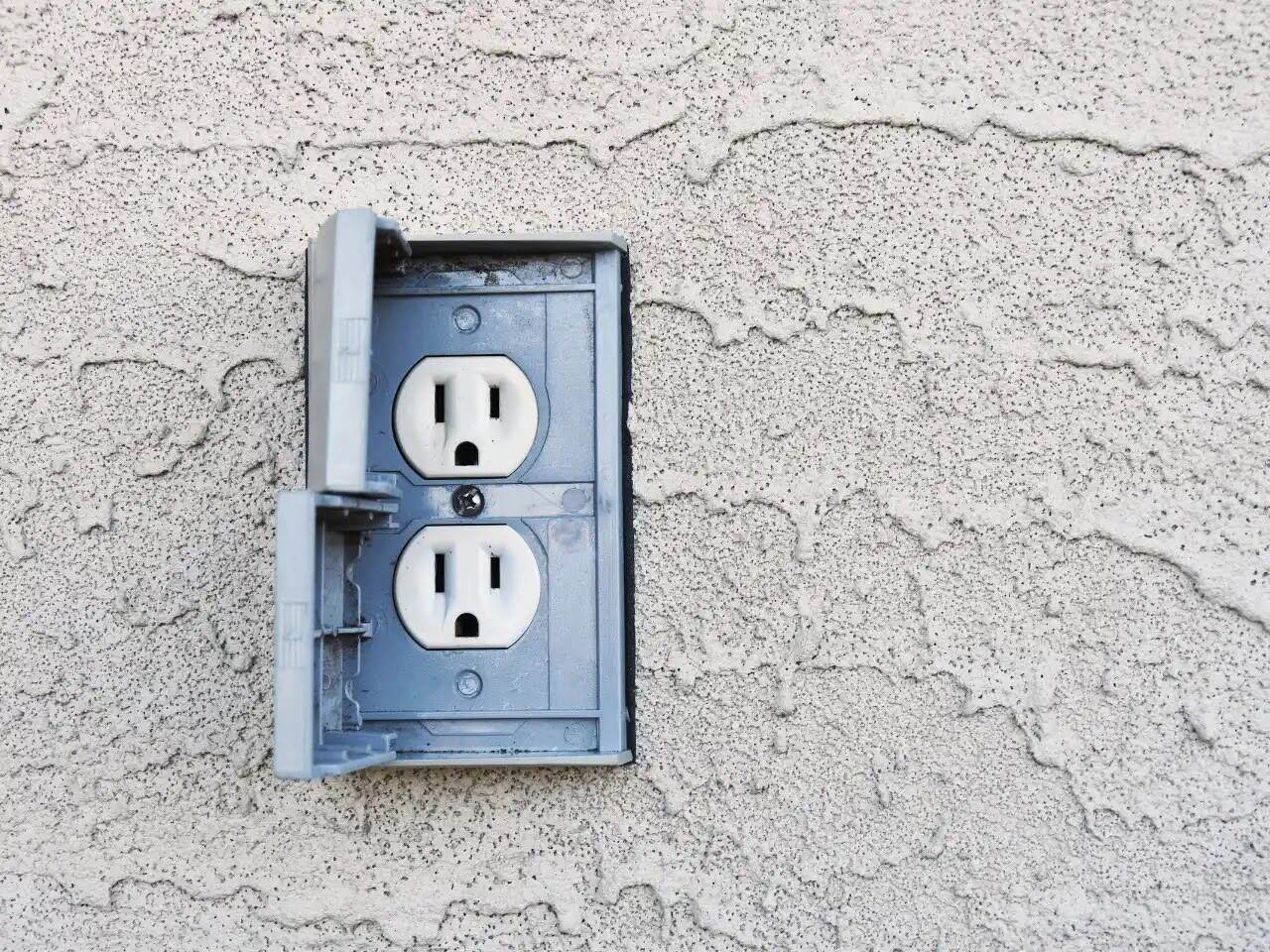
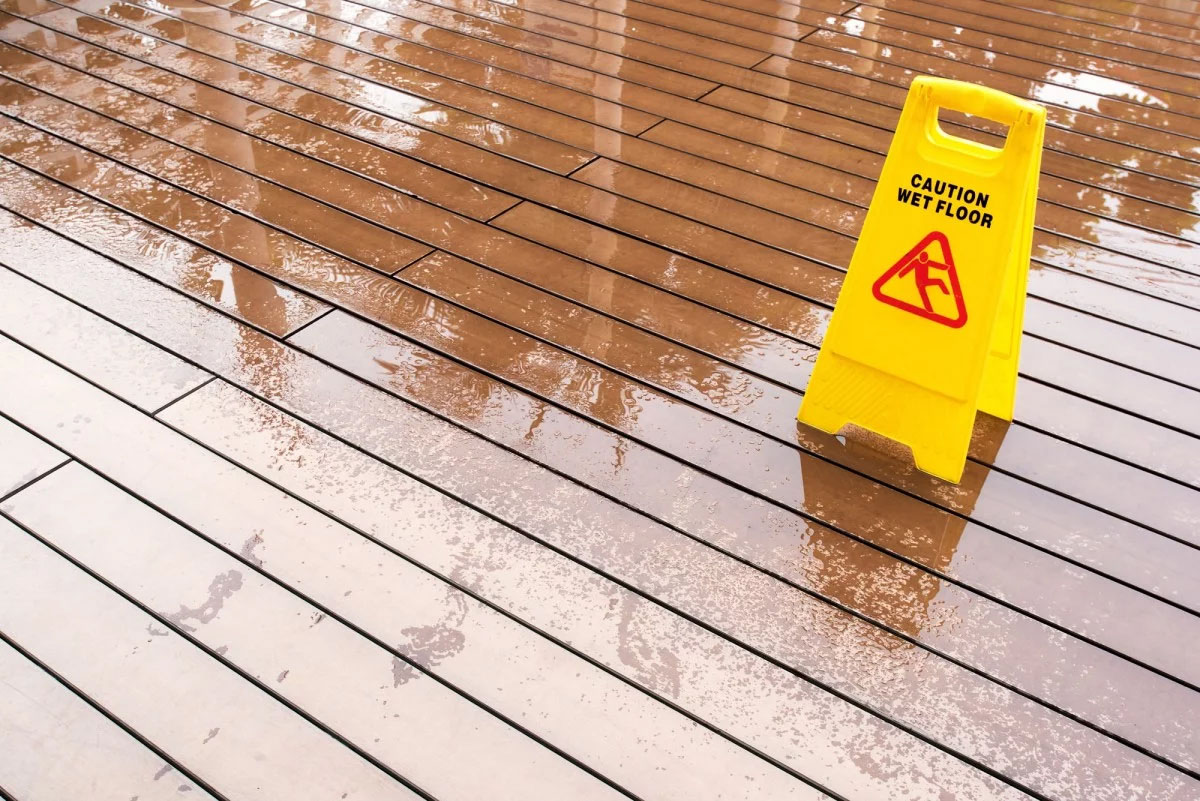
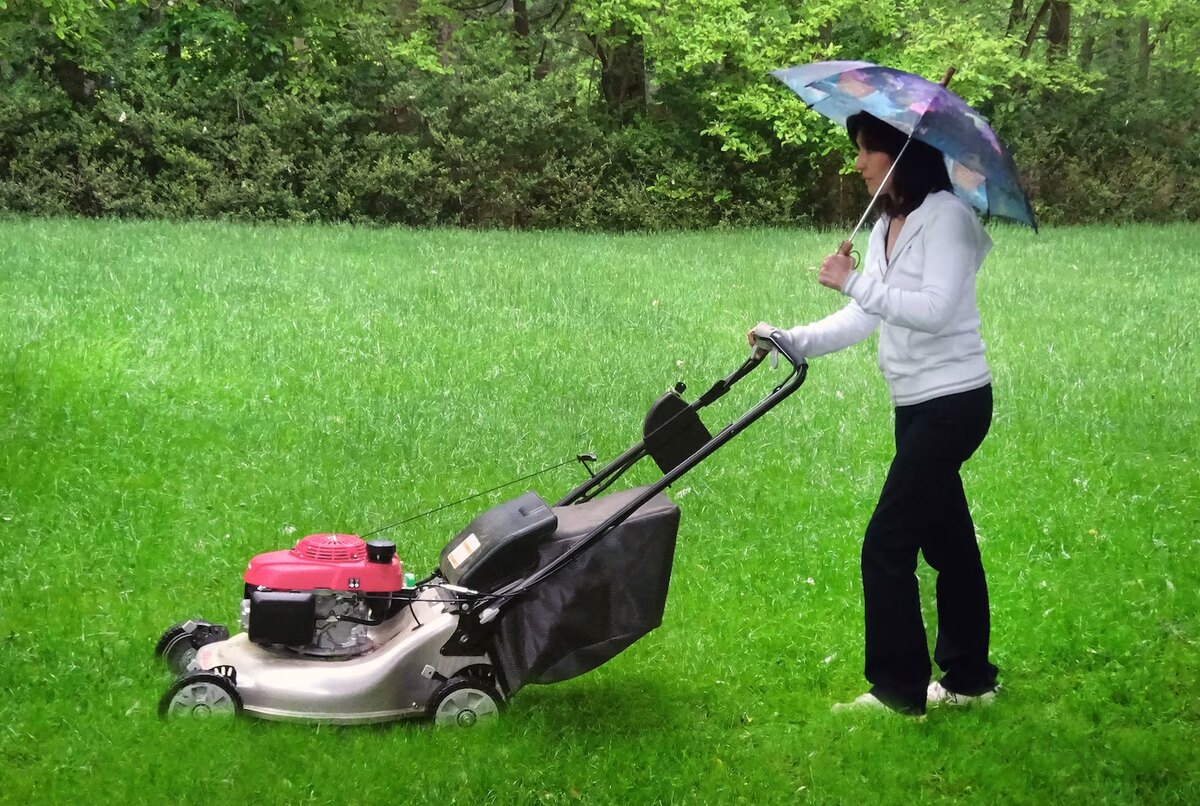
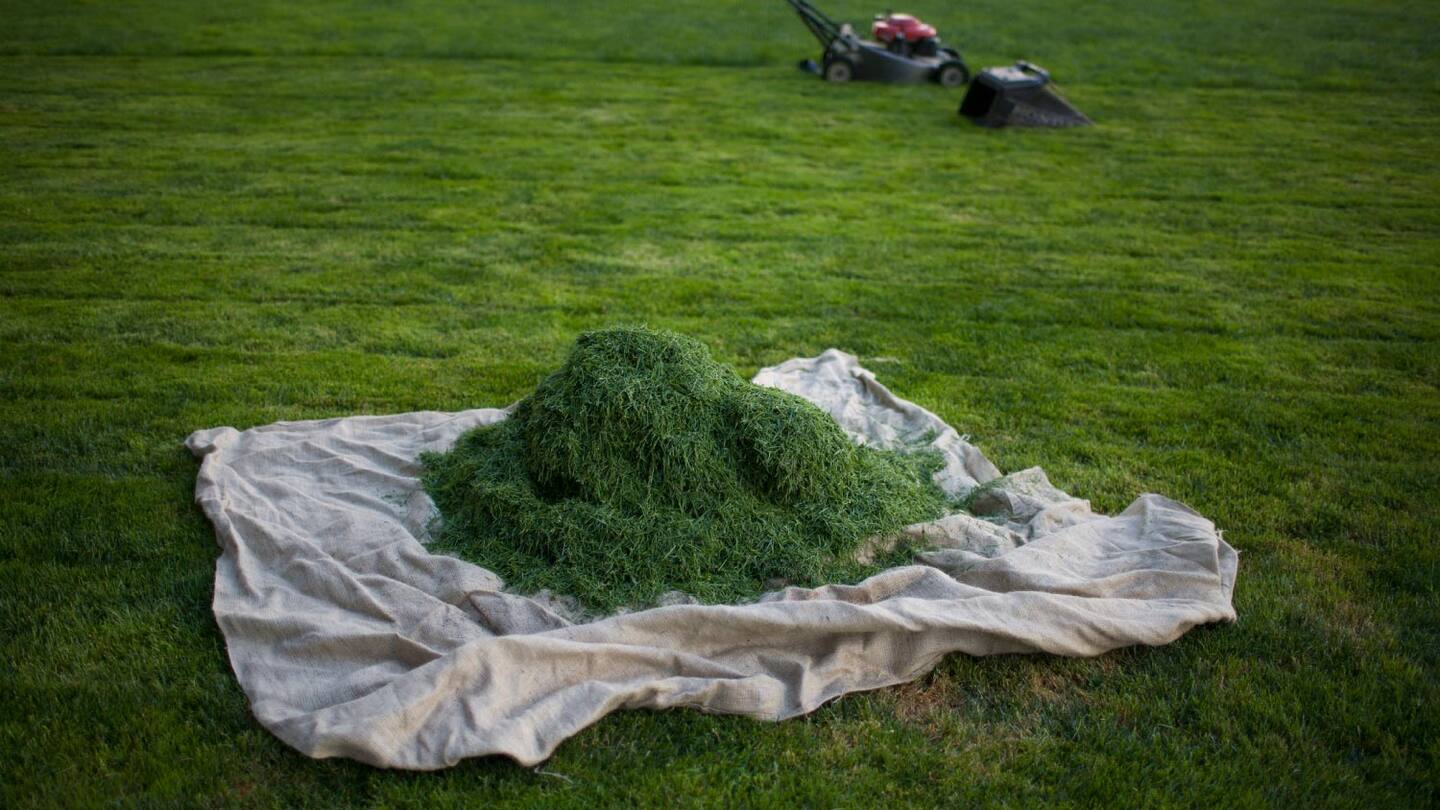
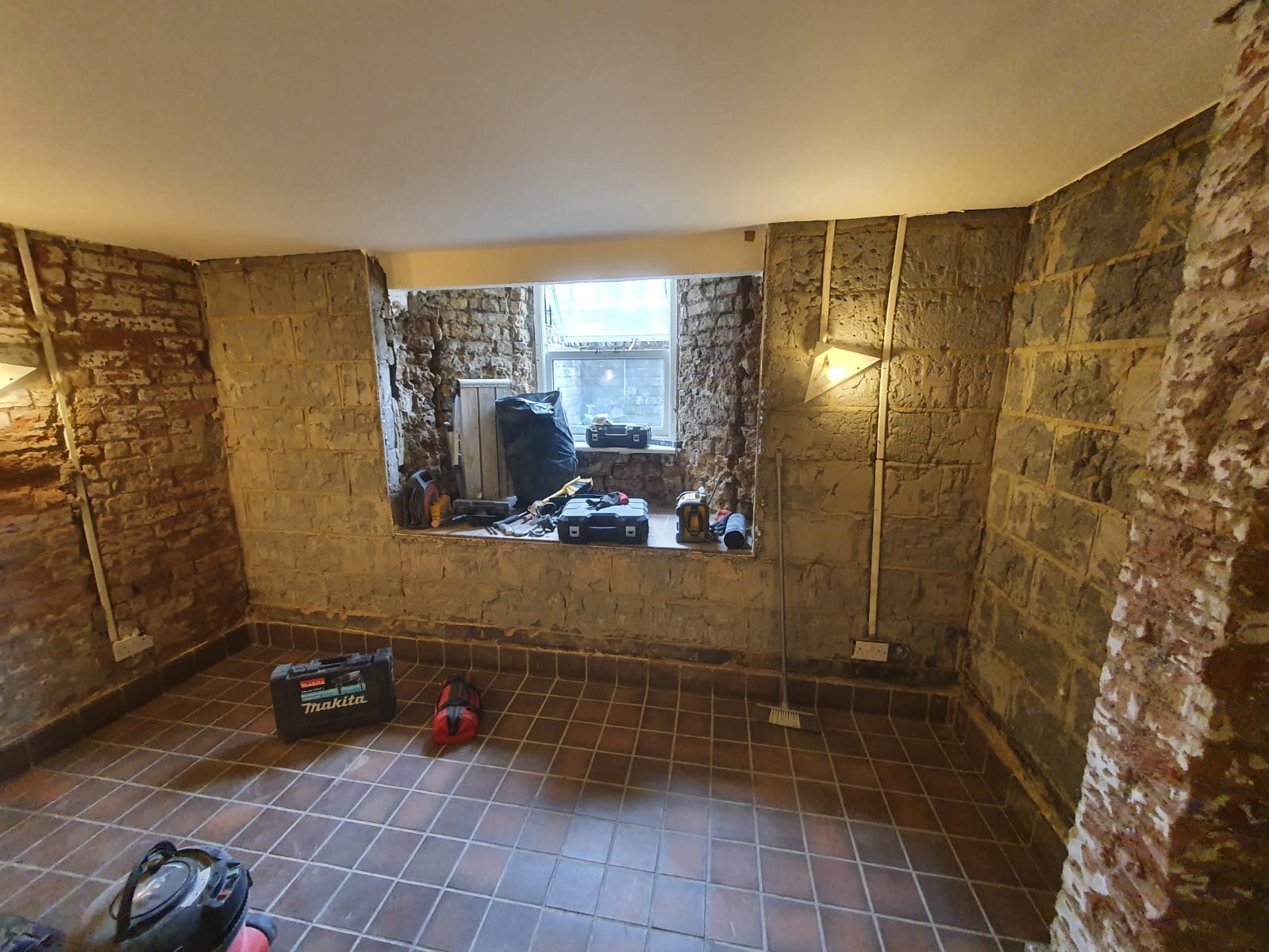
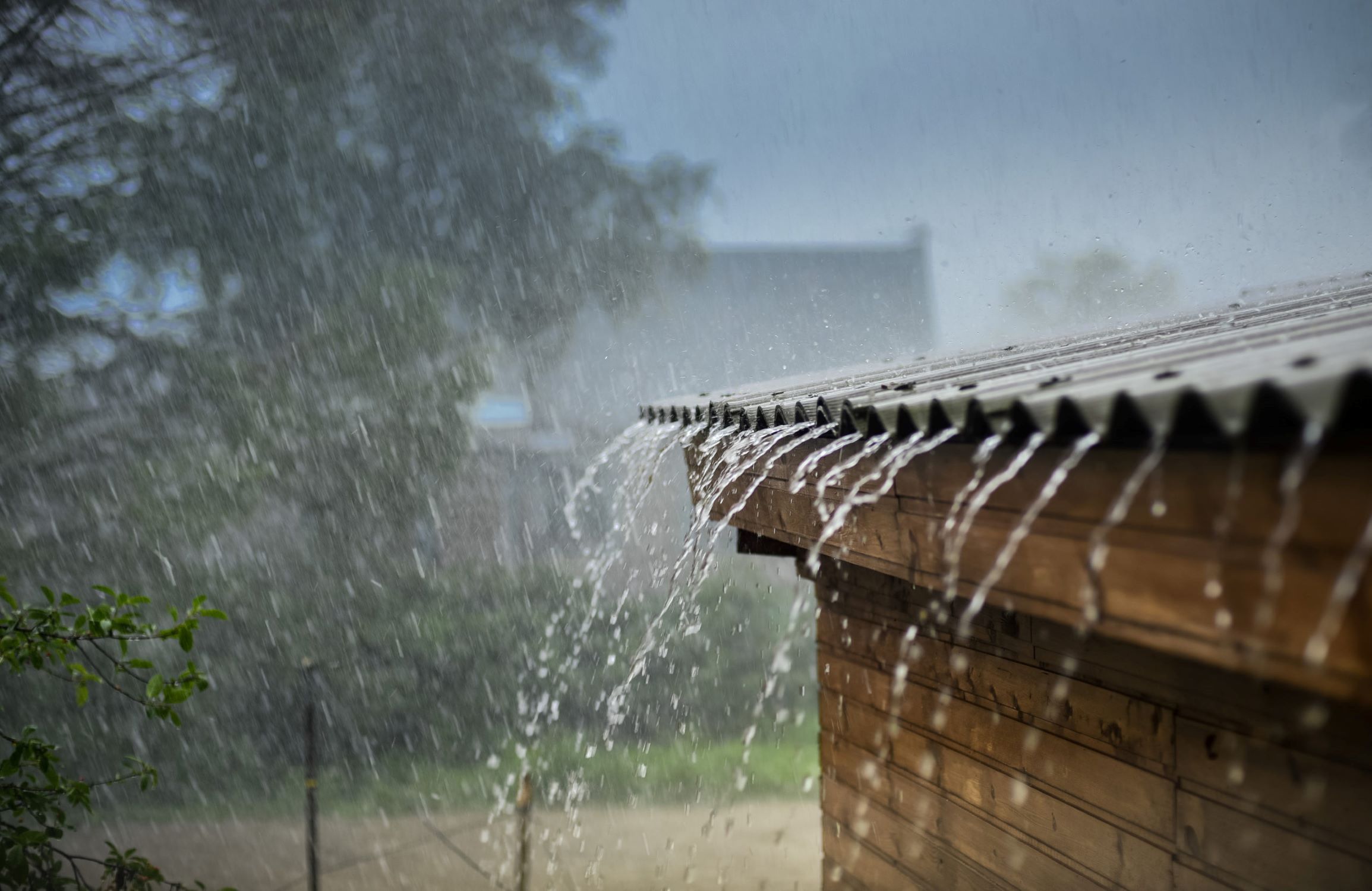
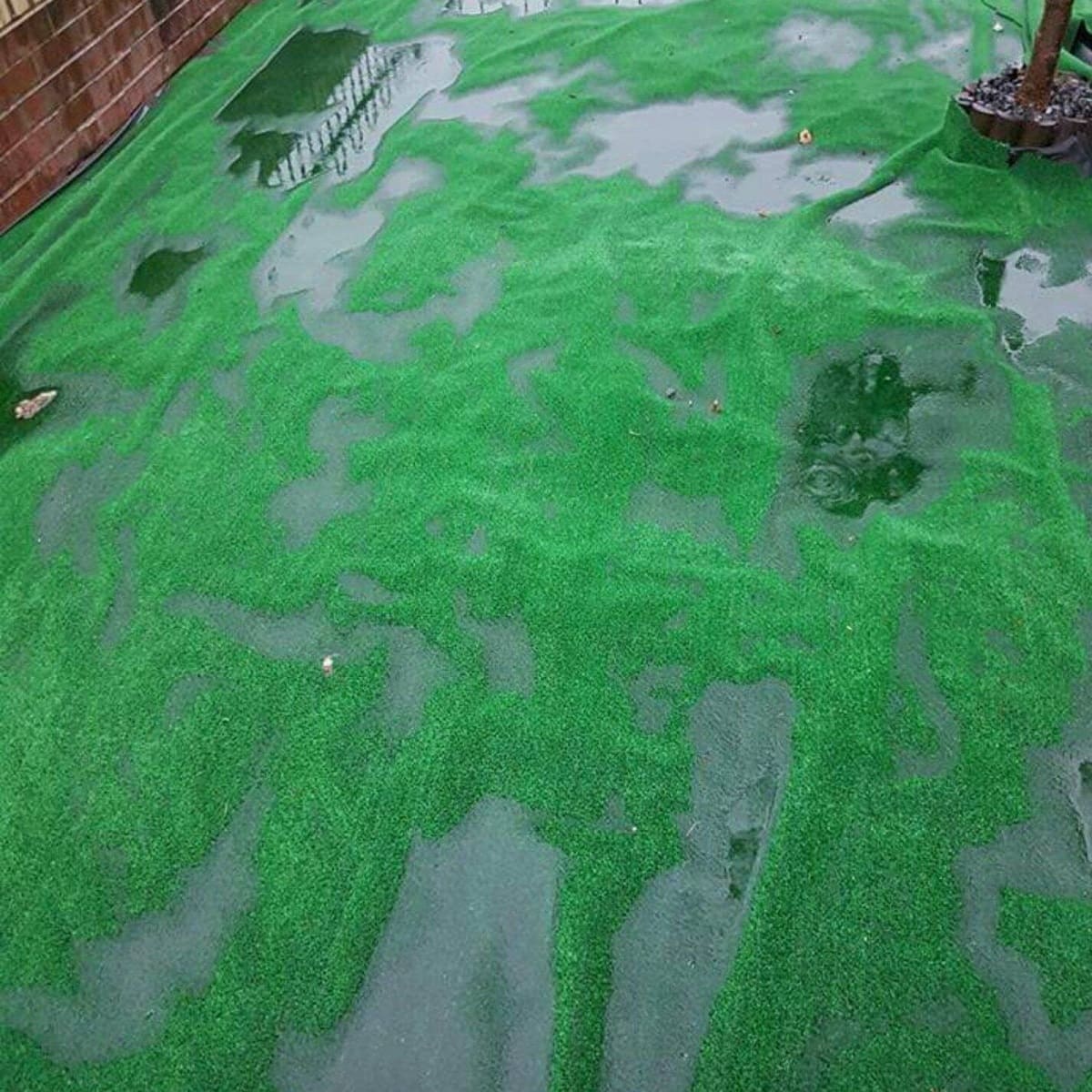
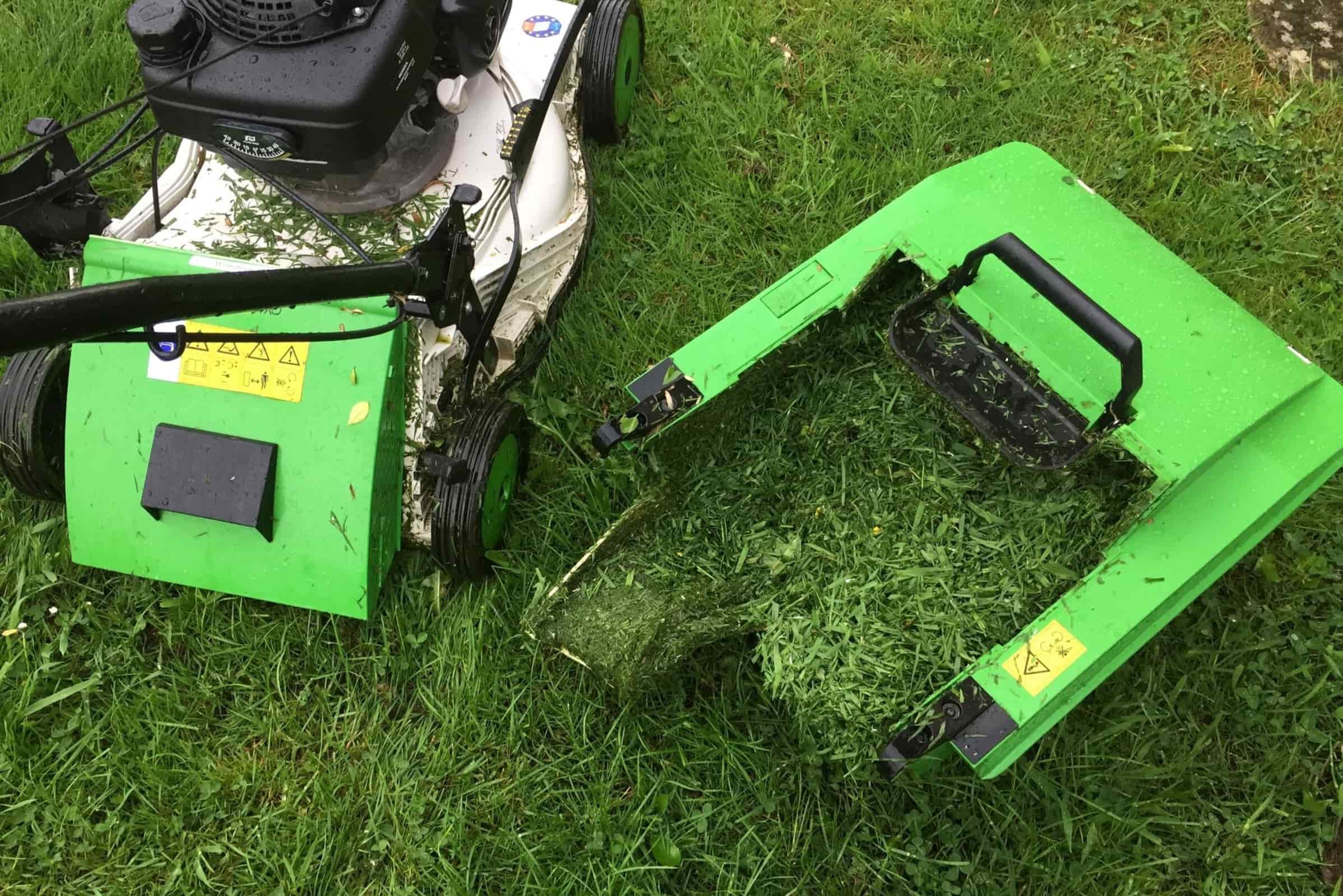
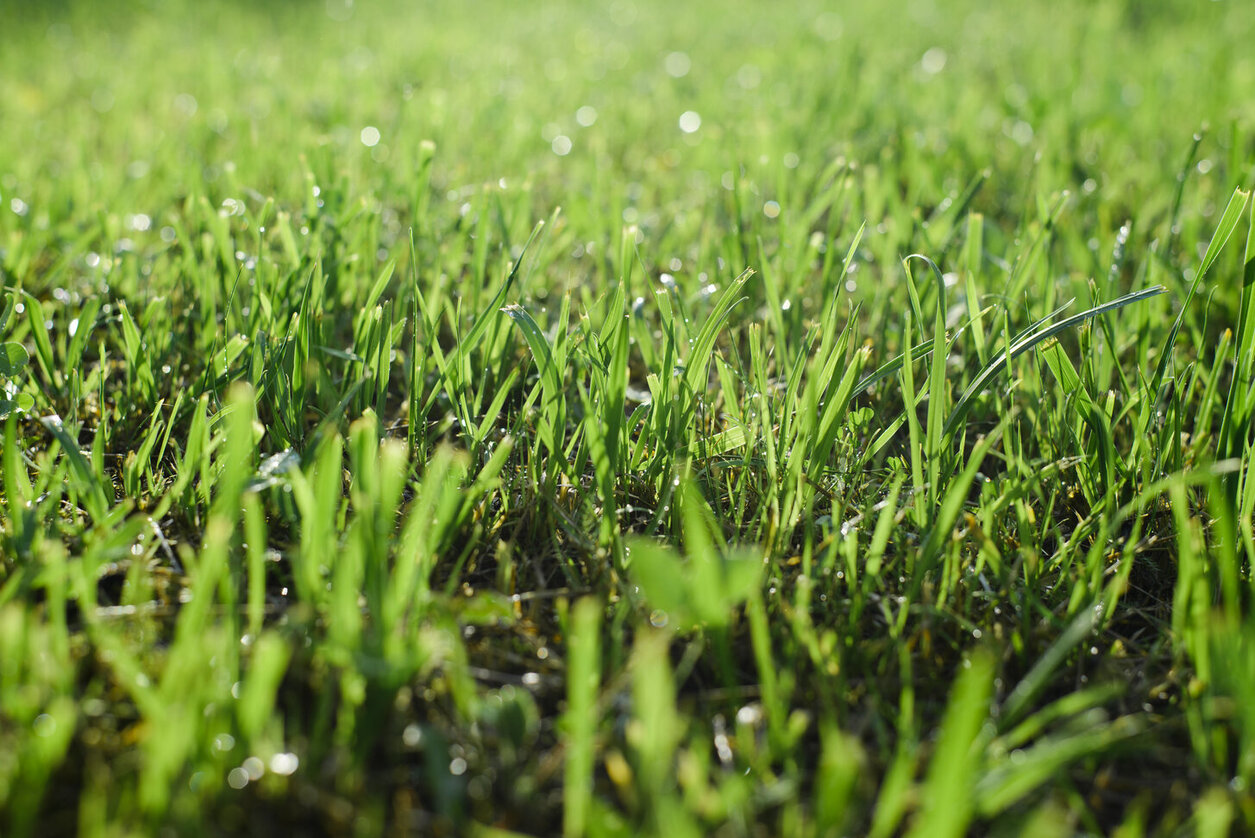

0 thoughts on “Basement Gets Wet When It Rains”